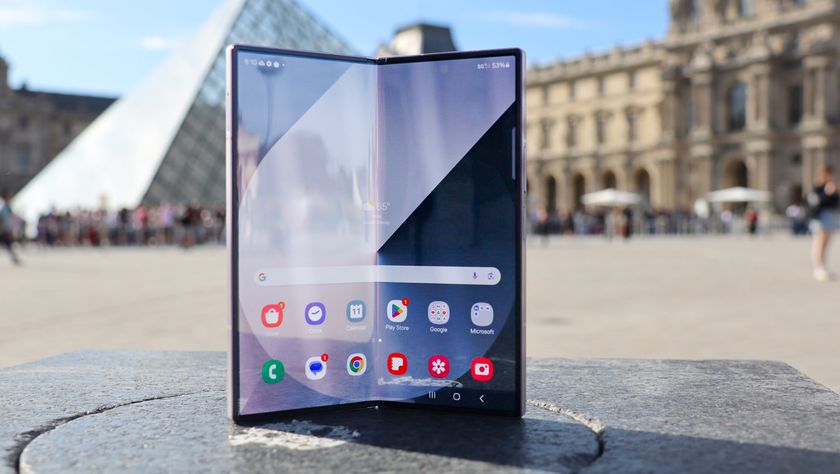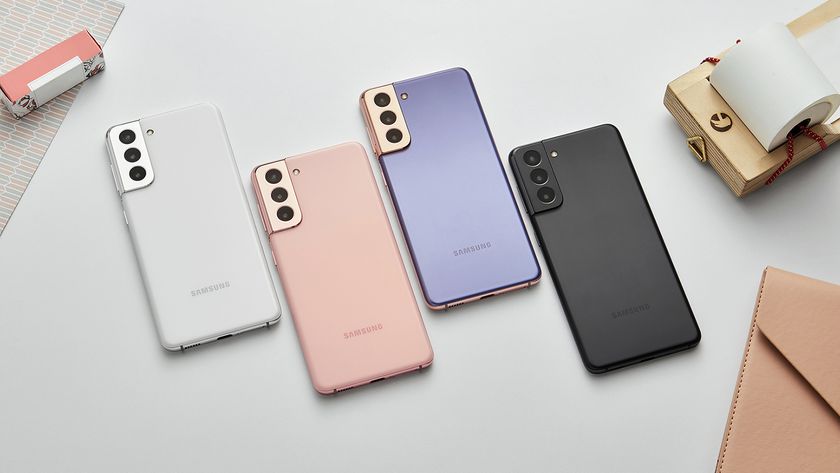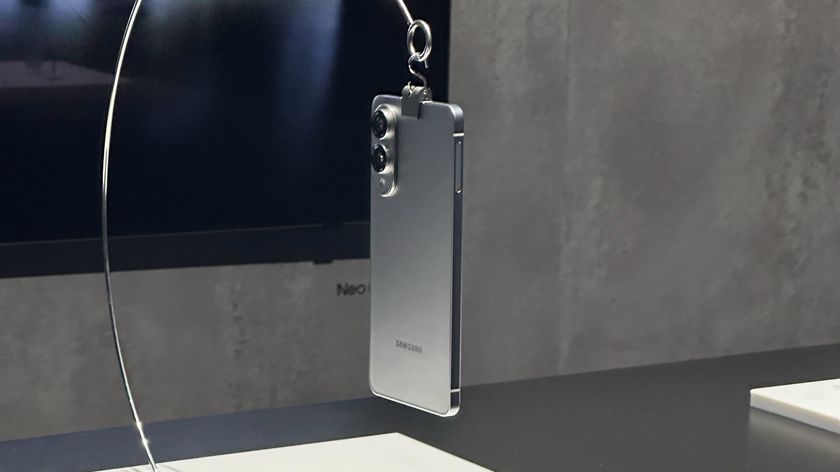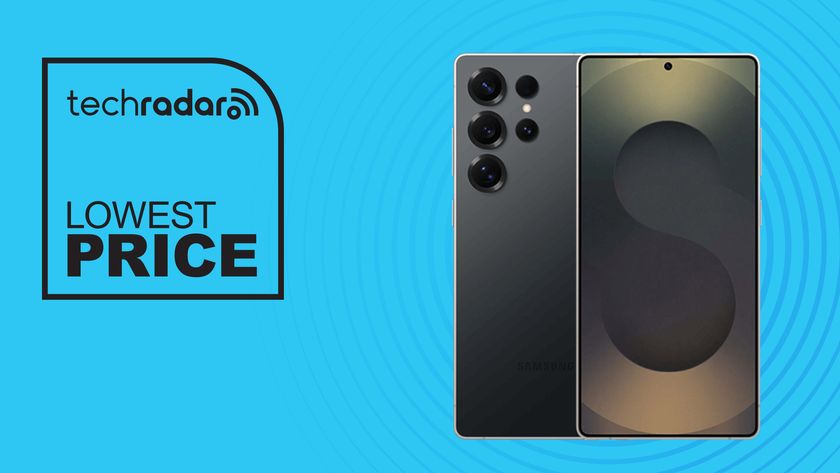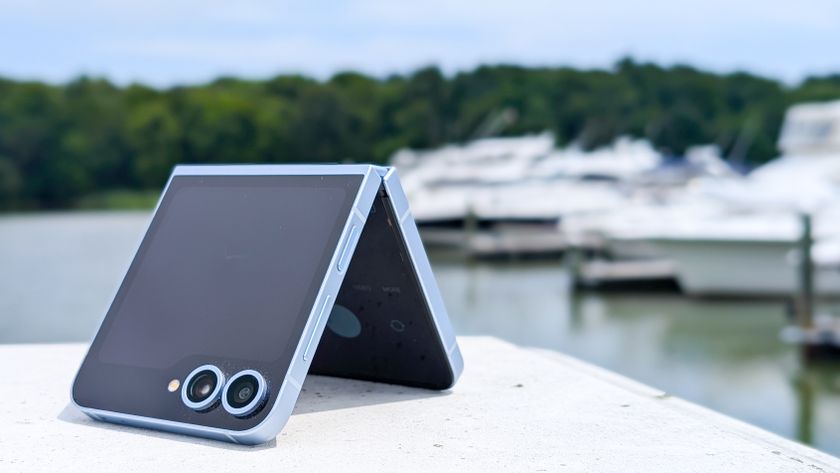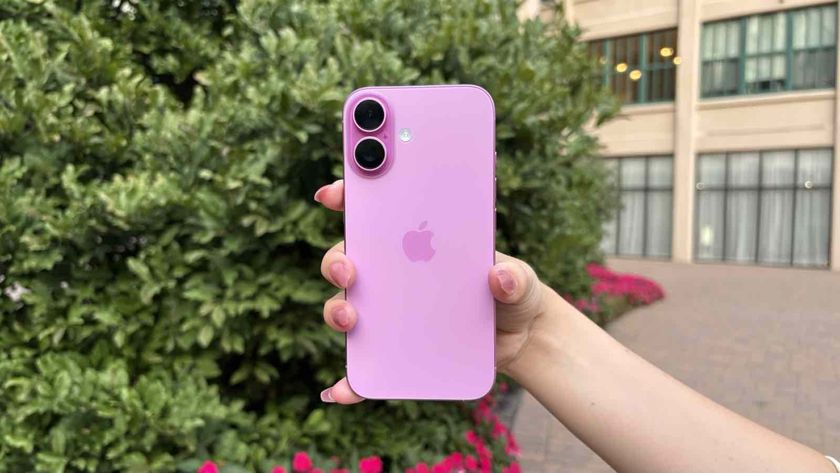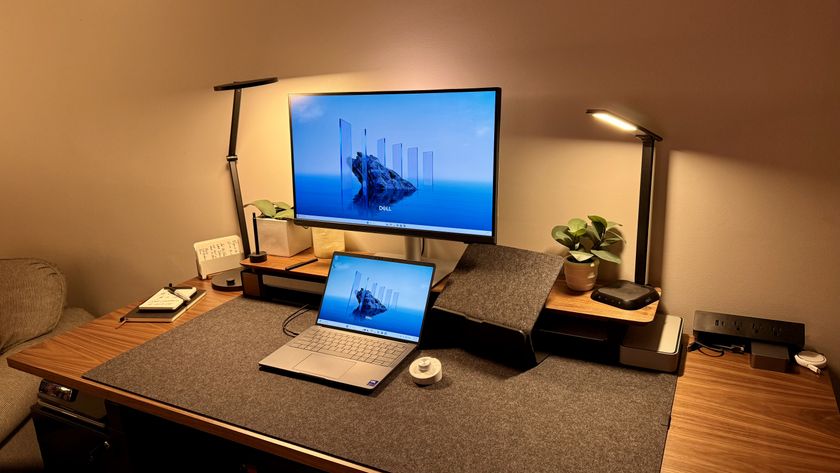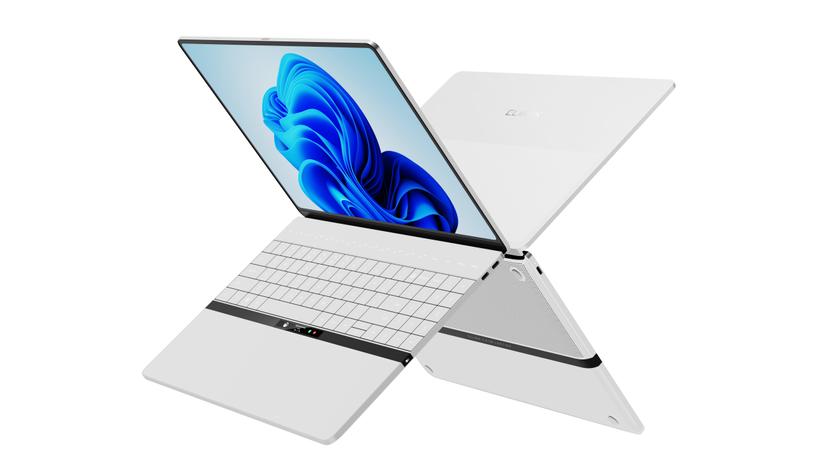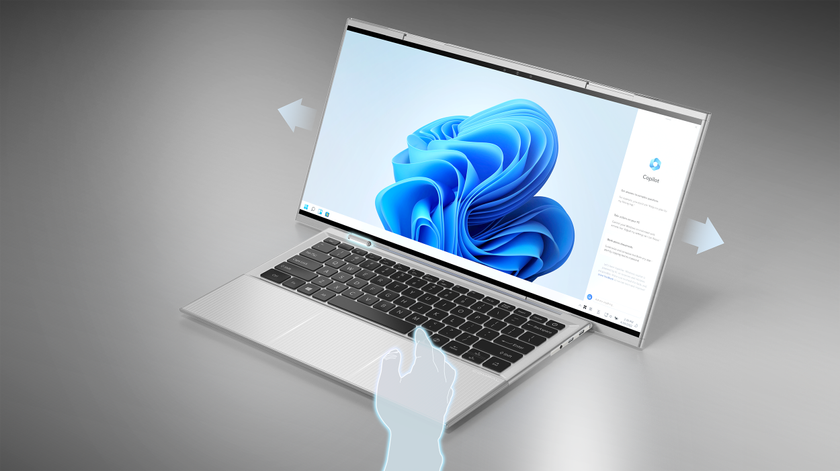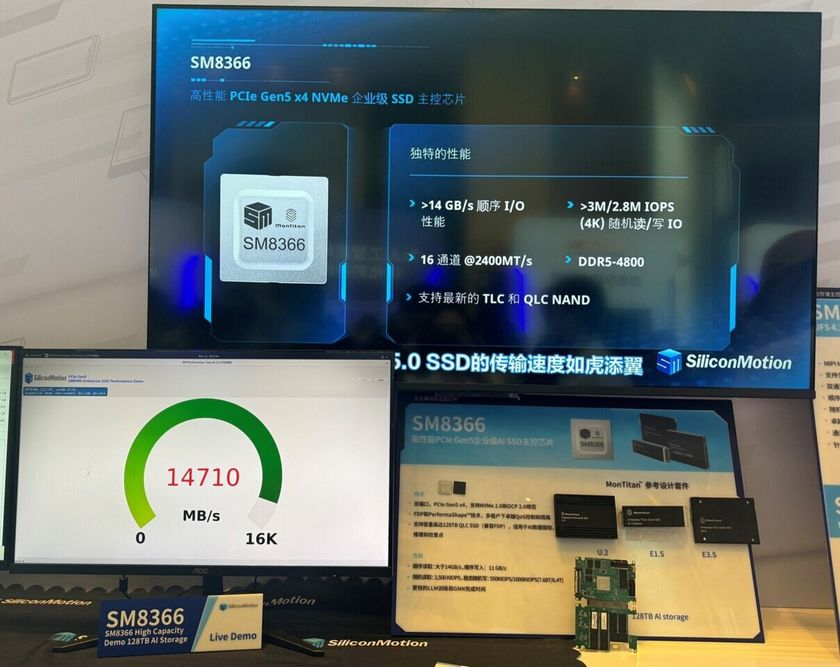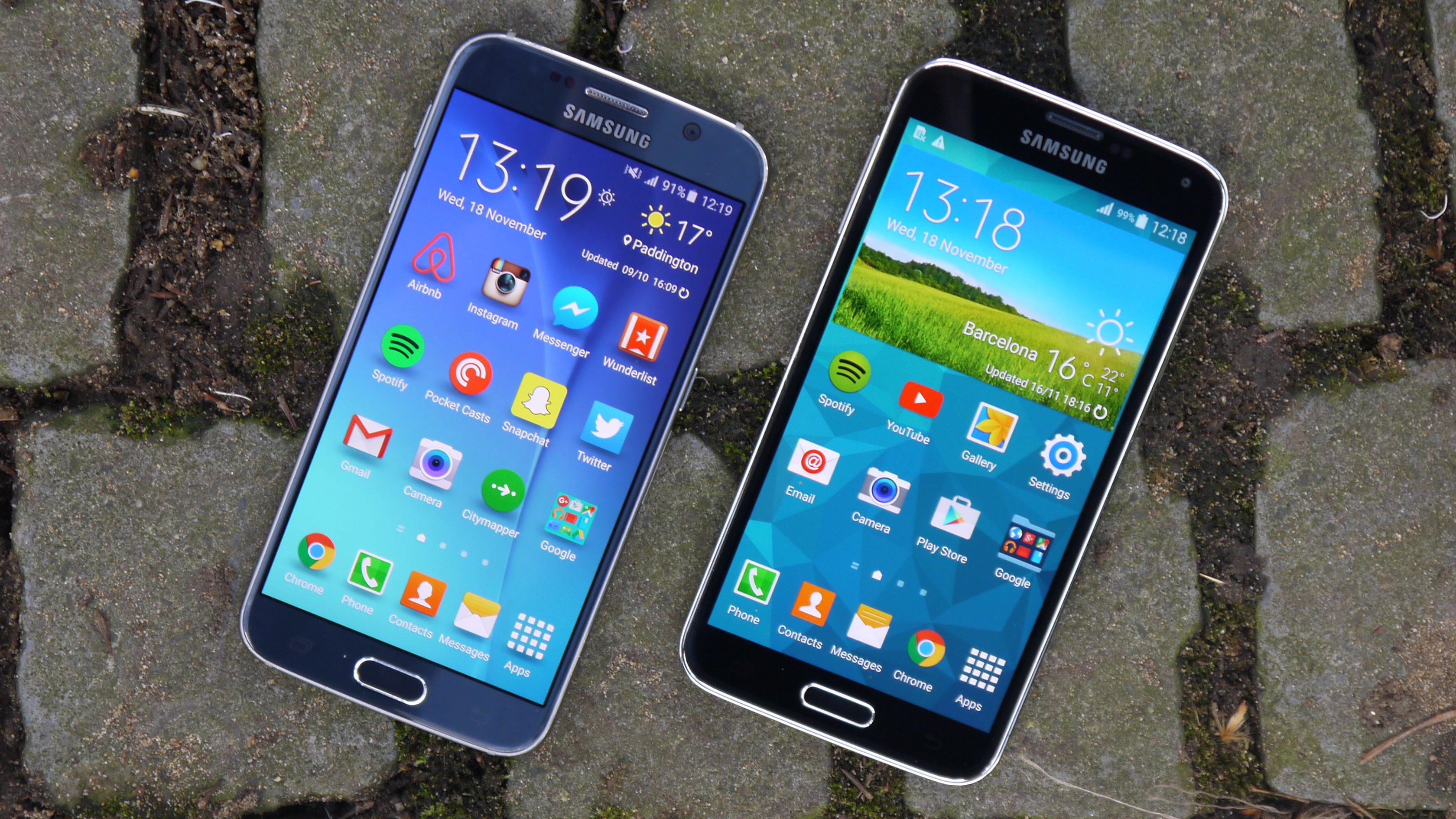
The world has proclaimed the Samsung Galaxy S6 to be a stylish leap forward for the range following the somewhat drab Samsung Galaxy S5. But now that the initial bloom of gadget lust has passed, is Samsung's latest flagship actually a better phone?
Samsung found itself in an unusual position following the launch of the Galaxy S5 in April 2014. For the first time in five generations the sales graphs flattened, as relative public indifference aligned with that of the critics.
The key issue with the Samsung Galaxy S5, so the commonly held view went, was that it was just more of the same. And the same meant a cheap-looking plastic design while all around were going metal. The Galaxy S5 looked staid and workmanlike next to sexier rivals like the HTC One M8.
For once, Samsung didn't need to do something more with its flagship range, it needed to do something different. What it needed, and what we got, was the Samsung Galaxy S6.
For the fashion conscious out there it even launched an even pricier, dual curved display version dubbed the Galaxy S6 Edge is you really want to show off.
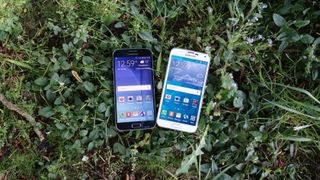
Following notable experimentations with a more premium design in the Samsung Galaxy Alpha and the Samsung Galaxy Note 4, Samsung launched the Galaxy S6 on April 10 2015. Most notable was its premium metal-and-glass design, as well as its beautiful QHD display and stellar camera.
The design has now made its way to the new Samsung Galaxy S6 Edge+ and Samsung Galaxy Note 5, as the Korean firm ensures all its premium tier handsets look their best.
Get daily insight, inspiration and deals in your inbox
Sign up for breaking news, reviews, opinion, top tech deals, and more.
And it's also expected to make an impact on the design of the Samsung Galaxy S7 and Galaxy S7 Edge when both phones launch on February 21, 2016 at Mobile World Congress in Barcelona.
But among all the hype piped a few dissenting voices, claiming that the Galaxy S6 was actually a step back in terms of the day-to-day practicality of owning and using a smartphone.
With the Samsung Galaxy S5 now available for a temptingly low price, it's time to pitch it against its flashy successor and see if things really have improved as much as they seem to have.
Key features
The Samsung Galaxy S6's defining feature, particularly when compared to its predecessor, is its design. Samsung has belatedly acknowledged that its signature functional plastic look, which had evolved in the Galaxy S5 to include tacky faux metal and faux leather elements, could no longer cut it at the top end of the market.
This design overhaul has been a roaring success. In fact, holding the two phones in front of me now, it feels like there are several years of iterative design work between them rather than 12 months. They're clearly of the same family but, to stretch that analogy a little further, the Galaxy S6 feels like the Samsung Galaxy S5's great grandson rather than its son.
Of course, the old man is built of sterner stuff than its metrosexual offspring, which we'll discuss further in the next section.
Another key generational leap forward for the Samsung Galaxy S6 comes in the form of its screen. We thought that the Galaxy S5's display was one of the best on the market, and it remained as such for around a year.
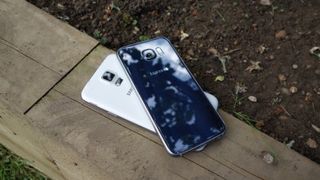
However, the Galaxy S6's screen, while not representing the massive leap of its design, is a clear generational stride forward. It's sharper, yes, but more importantly it's richer, clearer, and its colours are more lifelike.
Again, we'll talk about this in more depth in the appropriate section, suffice to say that the Galaxy S6 display is arguably the best in the business.
The final key feature of the Samsung Galaxy S6, and one that Samsung went to great lengths to highlight during the phone's launch period, is its camera.
Last year the Samsung Galaxy S5 made great strides forward with its photographic abilities, leading many to comment that it was almost as good as an iPhone's. The Galaxy S6 goes one better – it's better than the iPhone 6's in many respects.
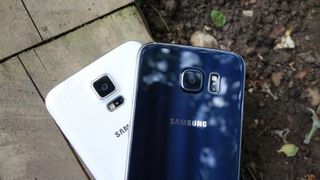
Like its display, the Galaxy S6 camera is a contender for best-in-class, though LG G4 fans might have something to say about that.
What can the Samsung Galaxy S5 offer that's unique against such an onslaught of excellence? A surprising amount, as it happens. The Samsung Galaxy S5 was arguably the toughest flagship phone around upon its release, and it certainly hasn't been usurped by this year's namby pamby efforts.
Whether or not IP ratings were a passing fad we're not sure, but the Samsung Galaxy S5's IP67 rating hasn't made its way to the S6. It means that the Galaxy S5 is alone in having the ability to survive full immersion in a body of water, while dust won't have any more luck getting into its ports and gaps.
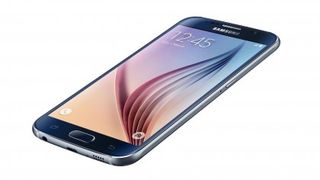
Another key feature of the Galaxy S5, which was rare at the time of its release and seems even rarer now, is its removable rear cover. The chief function of this is to enable you to replace the battery, a feature much beloved of a small subset of power users and frequent travellers.
I have to admit to not appreciating the value of this in my own day to day usage, but then I spend most of my weekdays in front of a laptop within easy reach of a power point.
The other advantage to this removable back is that there's a discrete place to put a microSD slot. This too is a feature that seems to be disappearing from flagship phones, including with the Galaxy S6.
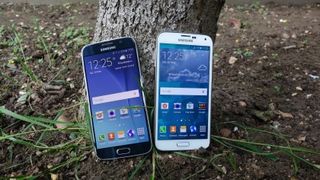
Again, there's a sizeable minority of Android fans who hate that the Galaxy S6 has dropped the microSD support. I prefer the convenience, speed, and simplicity of a decent amount of internal storage, but I could never deny the appeal of having the option to expand - particularly if you like to carry your entire MP3 collection around with you on your phone.
Of course, the irony with the Galaxy S5's ability to swap its battery around is that it's already one of the longest lasting high-end phones on the market. 2800mAh is a good size for a phone of this type, and tied in with an efficient display and Samsung's battery-saving software, it can last through the best part of two days if you're careful.
As we'll discuss a little later, this key area is another way in which the Galaxy S6 has taken a backward step.
Both phones have fingerprint scanning technology to unlock the phone, but the Samsung Galaxy S6 implementation is much better. It's mounted in the home button again, like the Galaxy S5, but you no longer have to swipe up to the screen to use it - a technique that never works quite consistently enough.
Rather, Samsung has managed to install an iPhone-like press-to-activate system that works just as well as Apple's trailblazing Touch ID. It's a major improvement, and most importantly it makes the feature usable in everyday life rather than just another box checking gimmick.
